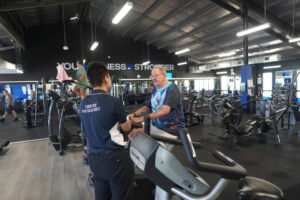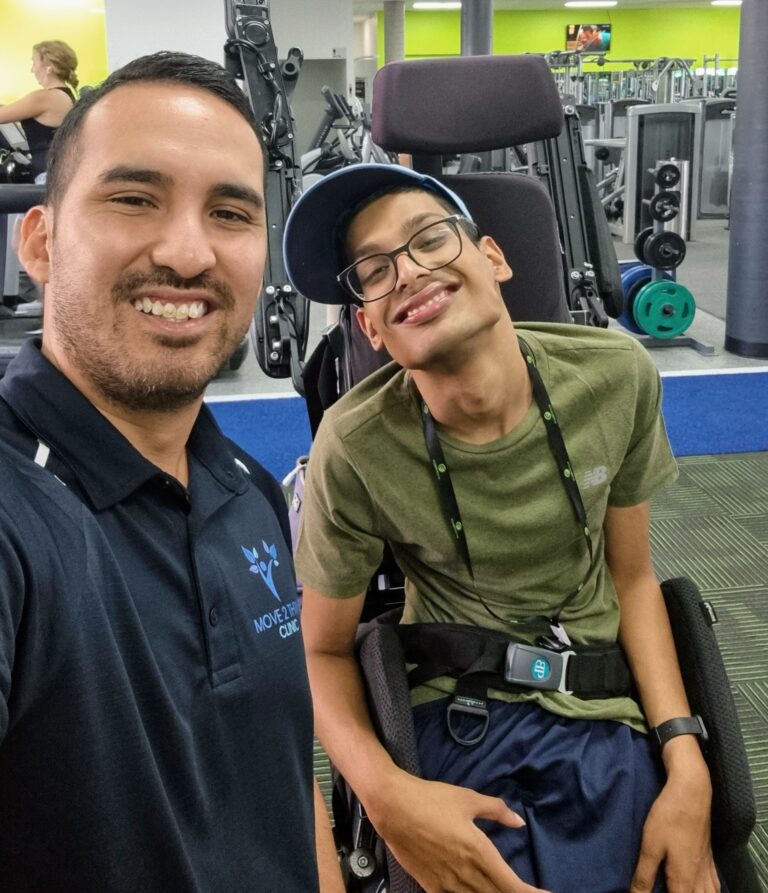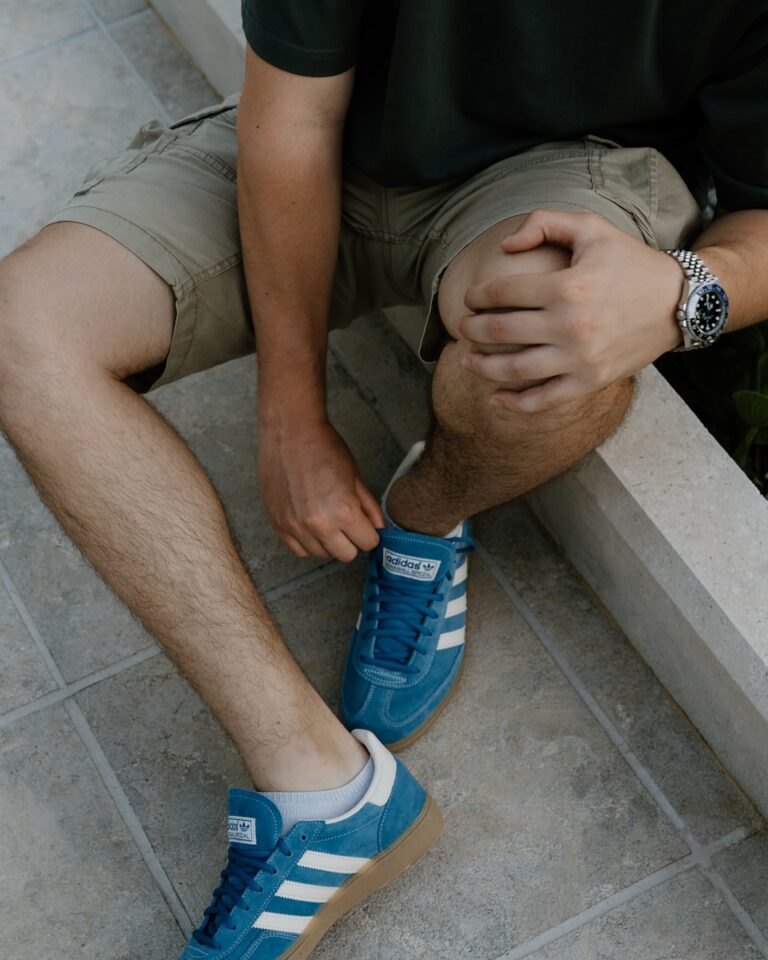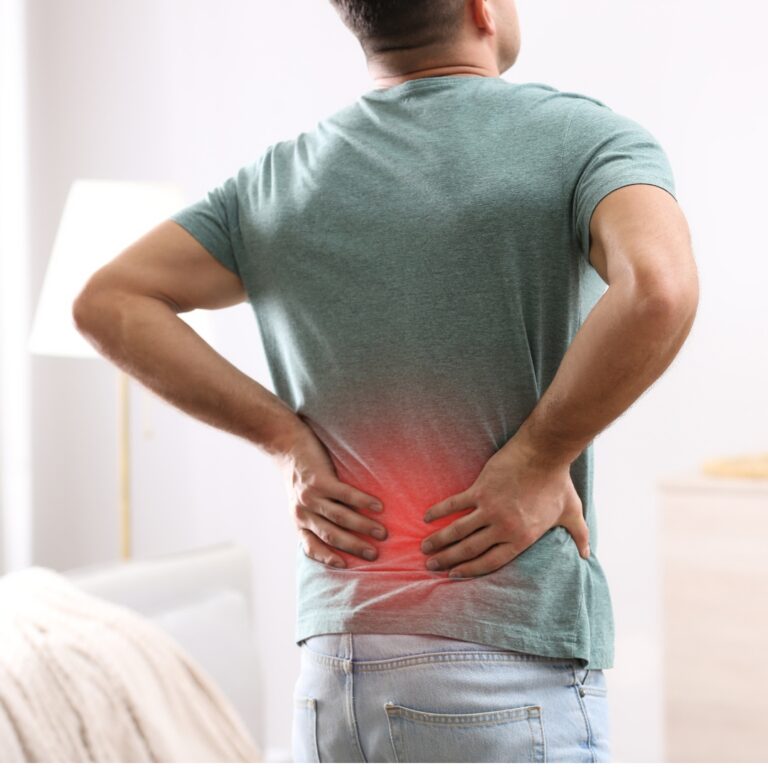Managing Type 2 Diabetes doesn’t have to feel overwhelming. Our team helps you move more, feel better, and take control of your health — one step at a time.
1. Why Type 2 Diabetes Needs More Than Just Medication
Did you know 1 in 5 Australians with diabetes don’t even know they have it?
Type 2 diabetes often creeps in quietly. It’s not always dramatic — sometimes it’s just persistent fatigue, sore feet, or slow-healing cuts. Add to that the mental fog and confusion around “what should I eat or do?” — and it’s overwhelming. That’s why exercise physiology for type 2 diabetes plays such a vital role in prevention and control.
In Western Sydney, we regularly see locals from Minchinbury, Mt Druitt, Blacktown and beyond who feel stuck. Like David, a 63-year-old newly diagnosed man who thought walking was enough — and that squats were too risky.
What we told him: You don’t need extreme change. Just the right steps, taken steadily — and guided by a team who gets it.

“Before Move 2 Thrive, I didn’t realise how much my diabetes was holding me back — now I’ve got energy again.”
— Maria, St Marys
2. Common Challenges of Living with Type 2 Diabetes
Diabetes shows up differently for everyone. It might mean:
- Tingling toes or numb feet
- Feeling wiped out after light activity
- Cuts that just won’t heal
- Fear of movement making symptoms worse






If any of this sounds familiar, you’re not alone — and you don’t have to “just deal with it.”
3. How Exercise Physiology Helps with Type 2 Diabetes
Let’s bust a myth: You don’t need to hit the gym 5 days a week to manage diabetes. But structured movement? That’s powerful.
Exercise Physiology (EP) is about personalised, evidence-based movement designed to support your blood sugar control and overall health.
How it helps:
- Builds muscle to help your body use insulin more efficiently
- Improves blood flow and heart health
- Supports foot and nerve care
- Boosts energy, confidence, and quality of life
Both the Australian Diabetes Society and ESSA recommend 2–3 strength sessions per week. Not HIIT, not CrossFit — just controlled, purposeful movement that meets you where you are.




It’s simple, doable – and makes a lasting difference.
4. A Team Approach: Why We Often Work with Physios and Dietitians
Diabetes doesn’t happen in isolation. That’s why our care doesn’t either.
In Western Sydney, many people benefit from working with:
- Physios – for pain, posture, and injury support
- Dietitians – for food plans that match your lifestyle and blood sugar goals
At Move 2 Thrive, we combine mobile, gym-based and home-based support to fit your schedule and confidence level.
5. How to Access Medicare-Rebated EP Sessions
If you live with type 2 diabetes, you may be eligible for up to 5 Medicare-rebated Exercise Physiology sessions per year through a GP Referral.




A small gap fee may apply — we’ll always be upfront about costs.
Want to understand how rebates work? Read our Medicare Exercise Physiology guide here.

Hot tip: Share this blog with your GP before your visit to streamline your referral.
6. Supporting Locals Across Greater Sydney
Move 2 Thrive is proudly based at Plus Fitness Minchinbury, just off the Great Western Highway inside the M Centre.
We also offer mobile EP and physio support in:
- Mt Druitt
- Blacktown
- Rooty Hill
- St Marys
- Penrith
- Parramatta
- Ryde
So whether it’s your living room, a local park, or our partner gym — we’ll meet you where you’re at.
7. What’s Next? Let’s Get You Moving — Safely.
The hardest part is starting. But once you do, the difference in energy, confidence and clarity is real.
We tailor movement to real people – not gym junkies. If you’re ready to move with more confidence and less confusion, we’re here to help.
Not sure what your first session will look like? Here’s what to expect in your initial assessment.
FAQs
Q: Can I start EP right after diagnosis?
A: Absolutely. The sooner you start, the more confidence and energy you’ll build – safely.
Q: What’s the difference between an EP and a physio?
A: Exercise Physiologists (EPs) specialise in using exercise to prevent and manage chronic conditions like diabetes, heart disease, and mental health. Physiotherapists focus more on diagnosing and treating pain, injuries – often in the earlier or acute stages.
Q: Do I have to go to a gym?
A: Not at all. We offer home visits, park sessions and support in aged care settings too. Note travel fees may apply.
Know someone managing type 2 diabetes in Western Sydney? Share this blog — it could be their next step

Written by: Jeremy — Accredited Exercise Physiologist at Move 2 Thrive Clinic.
Helping locals feel stronger, safer, and more confident — one step at a time.
 Ready to move with more confidence?
Ready to move with more confidence?
Book your Medicare-rebated Exercise Physiology session with Move 2 Thrive today.
Serving Minchinbury, Mt Druitt, Blacktown, and surrounds.






